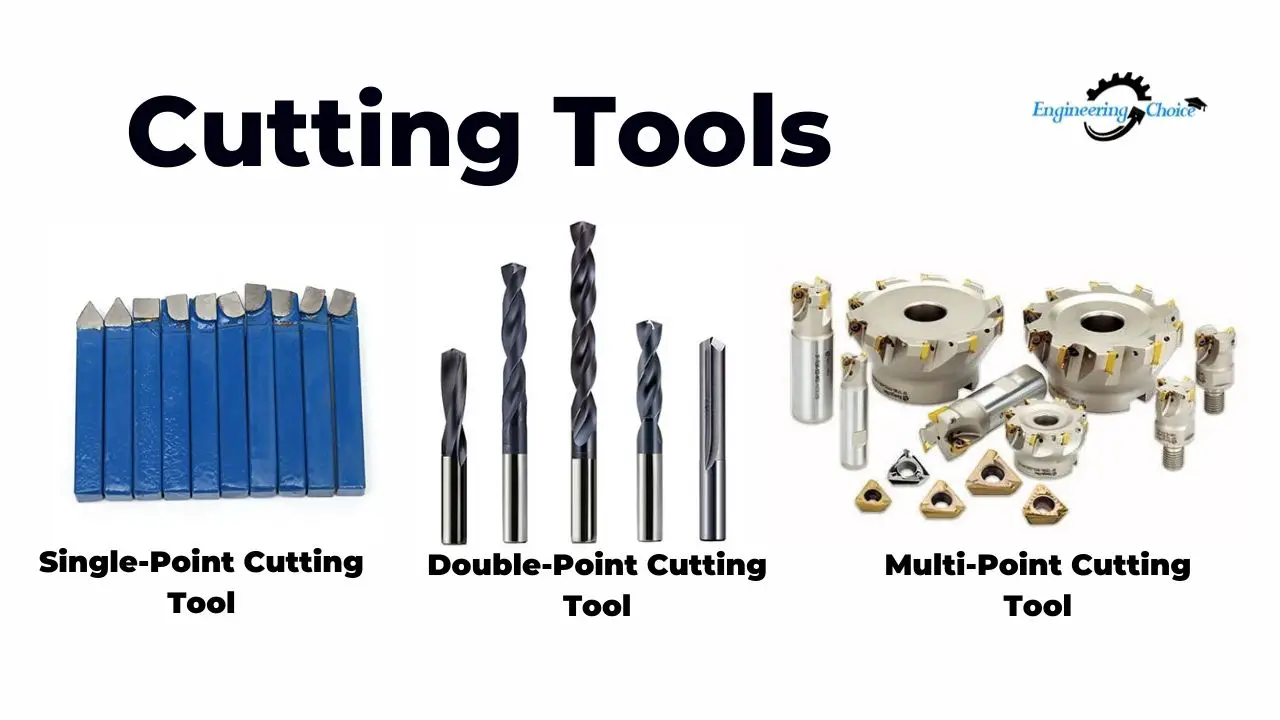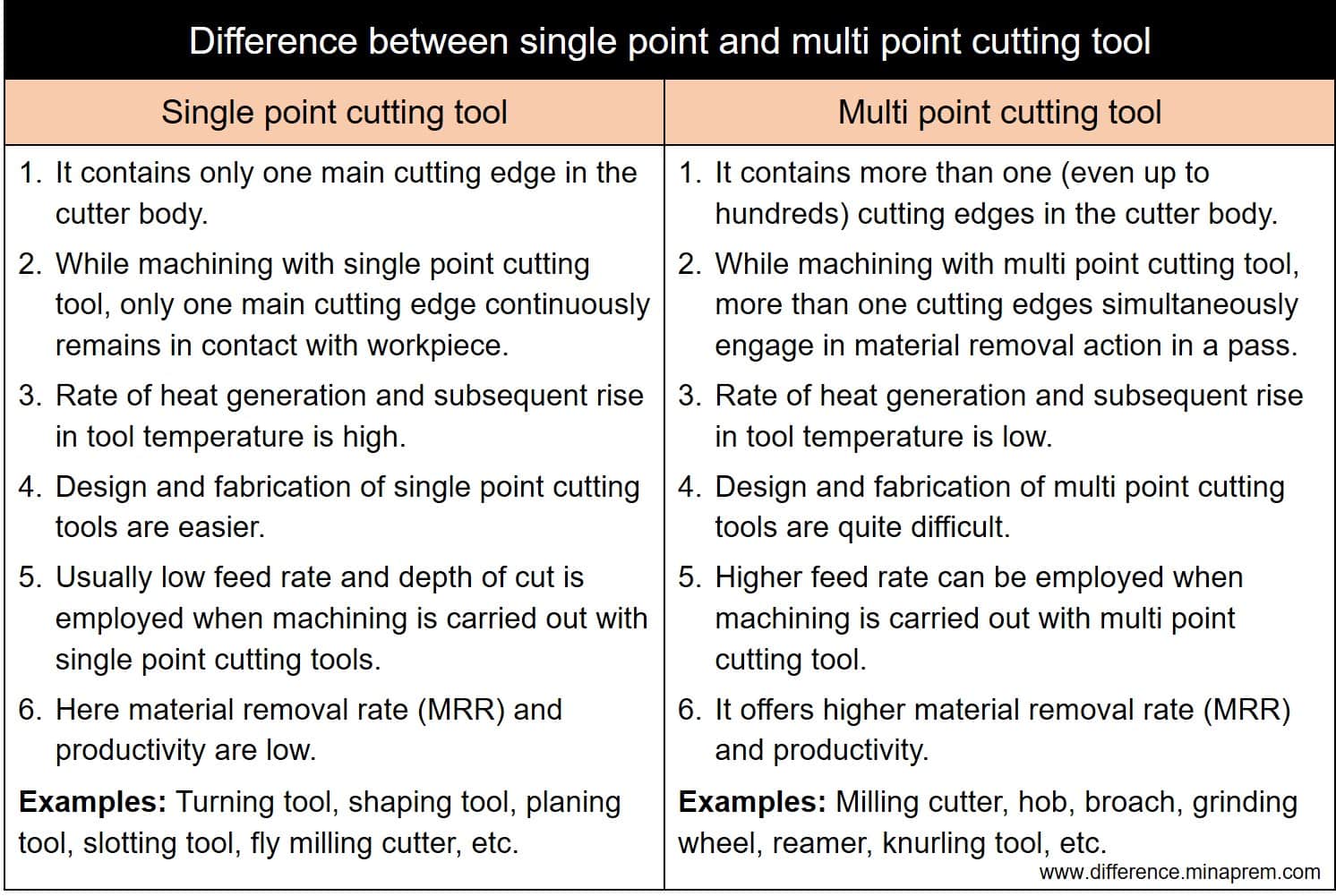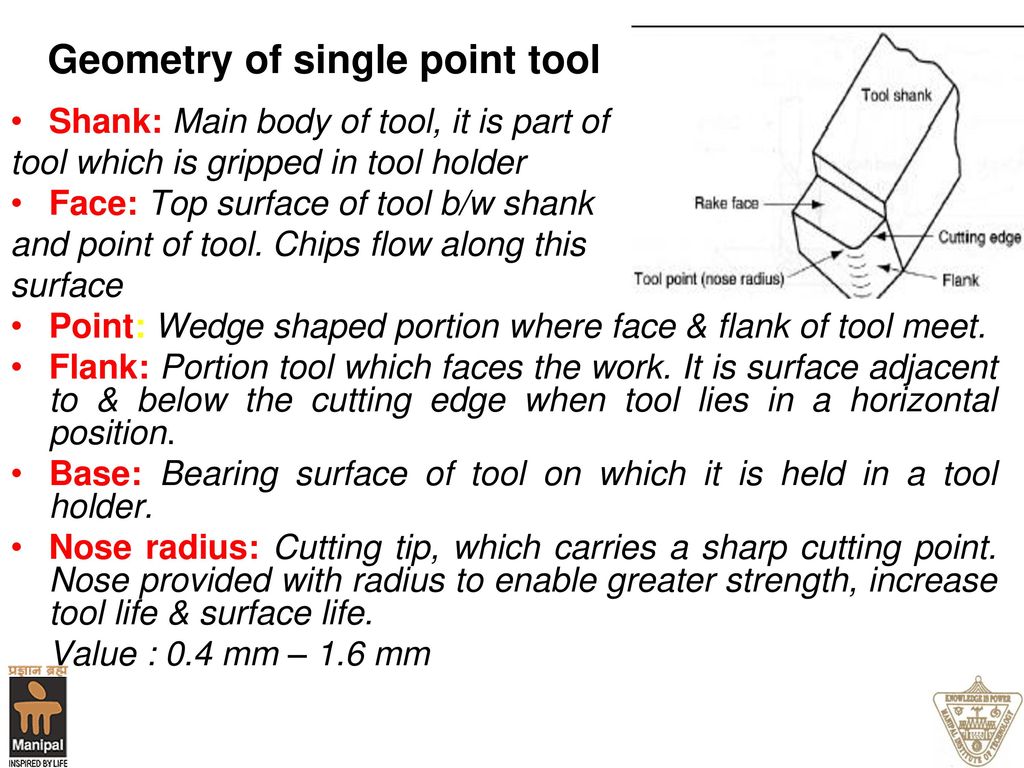Explain The Different Types Of Cutting Tools

The difference between end milling and face milling is that an end mill uses both the end and the sides of the cutter whereas face milling is used for horizontal cutting.
Explain the different types of cutting tools. Single -Point Cutting Tool. For example low carbon steel aluminum and copper. Machining cutting tools range from rough cutting equipment like chop saw or grinder to programmable production oriented machines like the metal mill.
This cutter is developed from various types of materials. It occurs frequently while machining softer or ductile metals at lower cutting speeds. That means the body of the cutter is composed of some different materials whereas its cutting portion is developed from some other material.
High speed steel is very common tool material which is an alloy of steel tungsten Chromium and Vanadium. Cutting tools that are frequently used for metalworking include bandsaws broaches and drills. 29-3 Cutting Tools One of most important components in machining process Performance will determine efficiency of operation Two basic types excluding abrasives Single point and multi point Must have rake and clearance angles ground or formed on them.
Iii Cyclic Thermal and Mechanical Load Wear. The following Table 911 gives some recommended values of allowable average wear land VB for various operations and cutting tools. In bulk garment manufacturing multiple fabric layers are cut at a time by means of cutting machines.
Following are the types of milling cutters that we use in different milling machines. The cutting edge of the diamond tool is very sharp this is important for cutting chips with very small sections. With respect to the number of the cutting tool used in one tool.
Other types of machining tools might include fly cutters and reamers. Semi-automatic and automatic improves cutting room productivity and improves cutting accuracy. The blade will typically display wood bi-metal or metal.



















